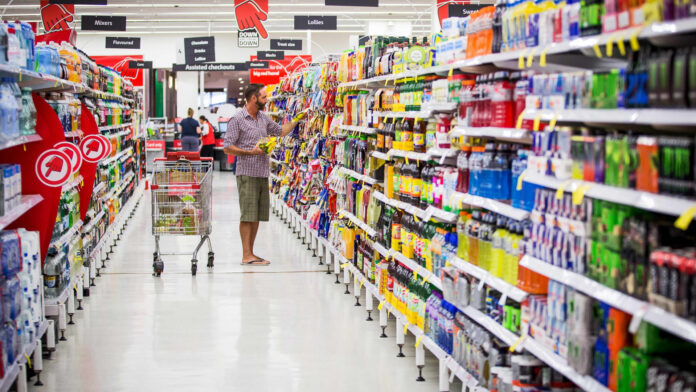To contain rising prices in the greatest economy in the world, the US central bank has announced yet another abnormally large interest rate increase.
The Federal Reserve announced a 0.75 percentage point increase in its benchmark interest rate, with a target range of 2.25 to 2.5 per cent.
Since March, the bank has increased borrowing prices to slow the economy and reduce price inflation.
But concerns about the policies sending the US towards recession are growing.
Consumer confidence is declining, the housing market is faltering, unemployment claims are rising, and economic activity is contracting for the first time since 2020, according to recent data.
Many anticipate that this week’s official data will reveal that the US economy contracted for the second consecutive quarter.
Although it is measured differently in the US, the milestone is seen as a recession in many other nations.
By making borrowing more expensive, higher interest rates encourage individuals and businesses to borrow less and spend less, which helps to combat inflation.
However, the International Monetary Fund (IMF) warned this week that the global economy may be teetering on the edge of recession as US growth stagnates and price increases strain families throughout the world.
Last month, the cost of gasoline, food, and housing increased, pushing US inflation to 9.1 per cent. That is the fastest rate since 1981 and significantly higher than the Fed’s 2 per cent target.
The Fed increased interest rates to above 15% to curb price increases at the time, which caused the economy to enter a prolonged recession that lasted more than a year.
By the end of the year, analysts predict that the Fed will increase interest rates to a range of 3 to 4 per cent. Following Mr Powell’s press conference, financial markets surged in anticipation that the rate of hikes would slow down in the upcoming months.
An employment market that is still adding hundreds of thousands of jobs each month is cited by analysts as evidence that they still believe the US can escape experiencing serious economic pain. Although growth has slowed, consumer spending, which makes up about 70% of the GDP, has nevertheless remained steady.





















